More than 9,400 British Columbians lost to toxic illicit drugs since 2016
Preliminary data released by the BC Coroners Service reveals that the toxic drug supply has claimed the lives of 9,410 British Columbians since January 2016, and that at least 174 lives were lost in the month of February 2022.
“As we approach the sixth anniversary of the declaration of the public-health emergency into substance-related harms, we are continuing to lose members of our communities at an unprecedented and terrifying rate,” said Lisa Lapointe, chief coroner. “The deaths of another 174 B.C. residents, so many of them young and middle-aged men with years of life ahead of them, is yet another reminder that urgent action is needed on a provincewide scale. I extend my deepest sympathy to the many families, friends and communities who are grieving the loss of a loved one.”
February is the 17th consecutive month in which more than 150 lives were lost to illicit drugs in B.C. The 174 deaths equate to approximately 6.2 deaths per day.
The provincewide death rate in 2022 now stands at 43.5 per 100,000 residents, but rates of death in some health authorities, including Northern Health (62.7) and Vancouver Coastal (52.8), are significantly higher. By Health Service Delivery Area, the highest death rates in 2022 have been recorded in Vancouver (78.0), Thompson Cariboo (76.2) and Northern Interior (73.6), underscoring the reality that the impact of the toxic drug crisis is being felt in communities throughout B.C.
Notably, while 74% of decedents in 2022 were between 30 and 59 years of age, six of the lives lost in February were under the age of 19 after zero such deaths were reported in January.
Preliminary toxicological results in early 2022 provide further evidence of the inconsistency and volatility of the illicit drug supply. Fentanyl continues to be the predominant substance found in post-mortem testing. Alarmingly, the toxicity of fentanyl is growing with February being the third consecutive month in which more than 20% of fentanyl-positive test results had concentrations greater than 50 micrograms per litre. Additionally, between July 2020 and February 2022, etizolam was detected in 41% of expedited testing results. This benzodiazepine analogue has a highly sedating effect that cannot be reversed by naloxone and, as a result, its presence creates significant life-saving challenges for first responders.
There continues to be no evidence that prescribed safer supply or diverted prescription opioids are contributing to the illicit-drug crisis in British Columbia.
“I recognize that the concept of safer supply is difficult for some to understand given the many decades of a punitive, enforcement-based approach to substance use,” Lapointe said. “However, unless we act quickly to provide a safe, regulated source of the drugs people are using in every community across our province, people we love will continue to be vulnerable to the profit-driven, chaotic illicit drug market. Safer supply, along with decriminalizing possession of drugs for personal use, reducing stigma and building an evidence-based system of treatment and recovery are critical components for reducing the terrible harms and fatal consequences of the toxic illicit drug market.”
Additional key preliminary findings are below. Data is subject to change as additional toxicology results are received:
- 78% of those dying in 2022 were male.
- The townships that experienced the highest number of illicit drug toxicity deaths in 2022 were Vancouver, Surrey and Victoria.
- In 2022, 86% of illicit drug toxicity deaths occurred inside (56% in private residences and 29% in other residences including social and supportive housing, single room occupancy, shelters and hotels, as well as other indoor locations) and 13% occurred outside in vehicles, sidewalks, streets, parks, etc.
- The proportion of decedents who were are 50+ years of age has steadily increased year after year for the past six years. In 2022, 39% of decedents were at least 50 years.
- No deaths have been reported at supervised consumption or drug overdose prevention sites.
Learn More:
Illicit drug overdose death report (Data to Feb. 28, 2022):
https://www2.gov.bc.ca/assets/gov/birth-adoption-death-marriage-and-divorce/deaths/coroners-service/statistical/illicit-drug.pdf
Illicit drug toxicity: Type of drug data report (Data to Feb. 28, 2022):
https://www2.gov.bc.ca/assets/gov/birth-adoption-death-marriage-and-divorce/deaths/coroners-service/statistical/illicit-drug-type.pdf
Mode of Consumption Data – Knowledge Update:
https://www2.gov.bc.ca/assets/gov/birth-adoption-death-marriage-and-divorce/deaths/coroners-service/statistical/mode-of-consumption.pdf
BCCDC Knowledge update on hydromorphone and illicit drug toxicity deaths:
http://www.bccdc.ca/resource-gallery/Documents/Statistics%20and%20Research/Statistics%20and%20Reports/Overdose/2021.09.15_Knowledge%20Update_Hydromorphone%20and%20drug%20toxicity%20deaths.pdf
Toward the Heart: http://www.towardtheheart.com
Stop Overdose BC: https://www.stopoverdose.gov.bc.ca
BC Centre on Substance Use: http://www.bccsu.ca
Risk mitigation prescribing guidelines in the context of dual public health emergencies:
https://www.bccsu.ca/wp-content/uploads/2020/04/Risk-Mitigation-in-the-Context-of-Dual-Public-Health-Emergencies-v1.5.pdf
Lifeguard app:
http://www.phsa.ca/about/news-stories/news-releases/2020-news/new-lifeguard-app-launched-to-help-prevent-overdoses
BC Centre for Disease Control overdose response indicators:
http://www.bccdc.ca/health-professionals/data-reports/overdose-response-indicators
BC Centre for Disease Control factsheet on etizolam:
https://towardtheheart.com/assets/uploads/1609802595WXFJCmRP6tu1qI04J8t6BzVq


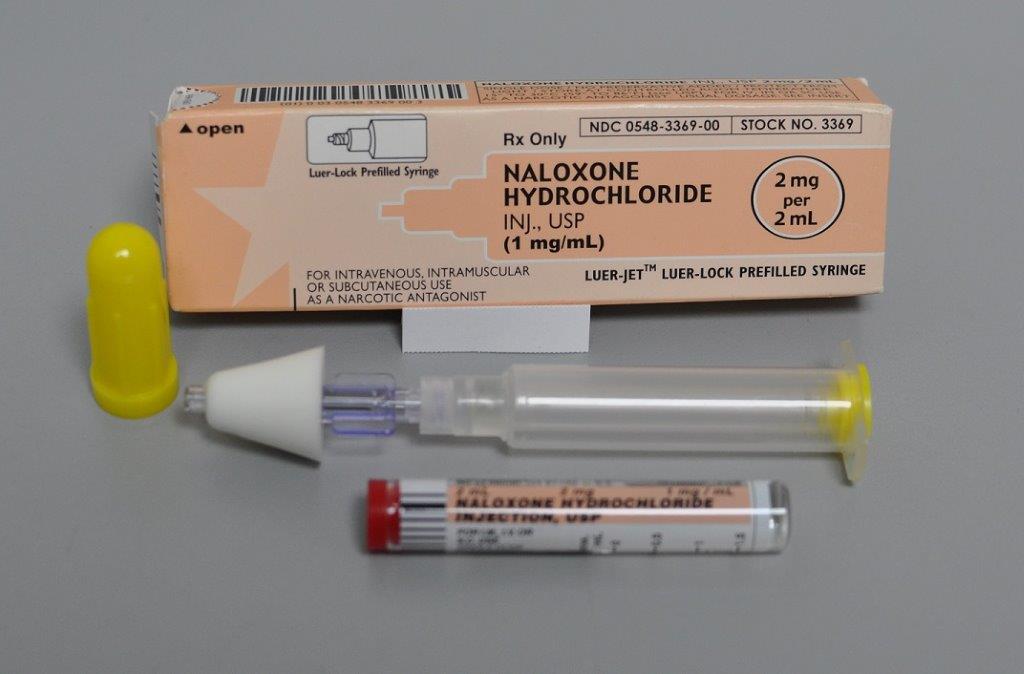

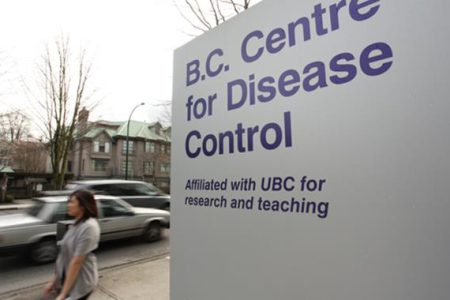
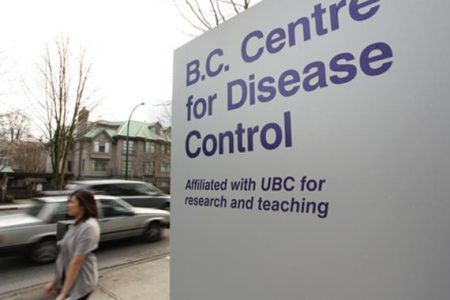
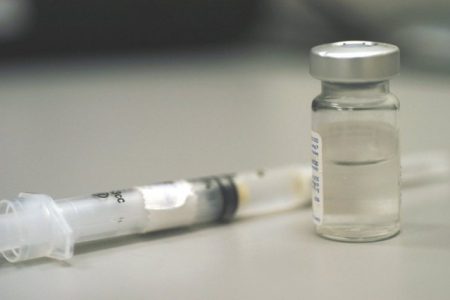











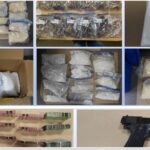
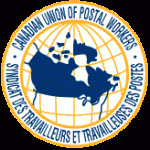


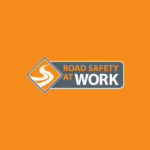




Comments